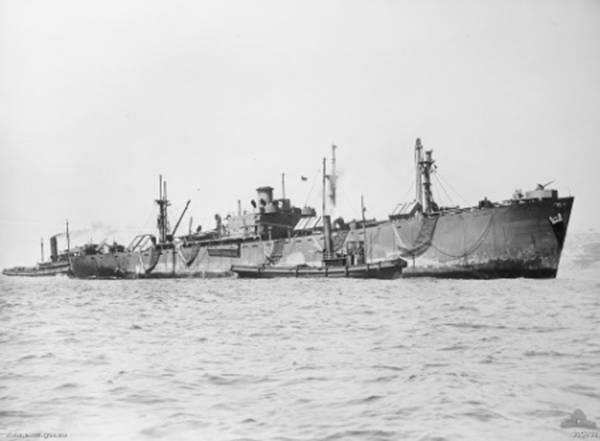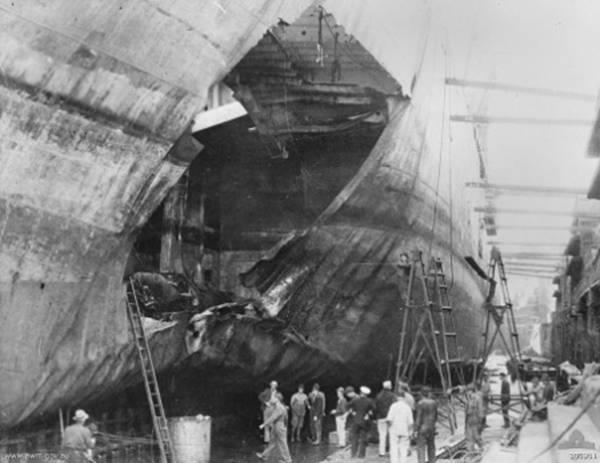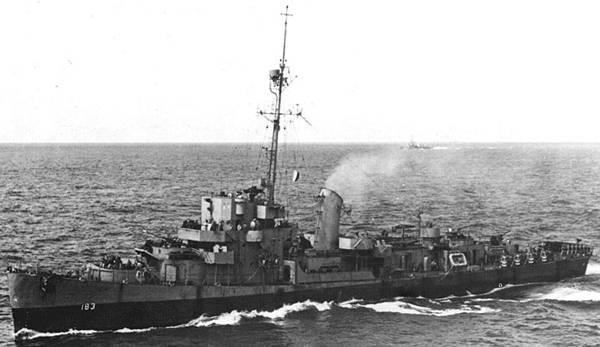Greetings form BETTY LAMOUREUX MALONE BADGETT (49):
MERRY DAY AFTER CHRISTMAS – AND HAPPY NEW YEAR TO ALL.
THANKS, GARY, FOR CREATING THIS!!
BETTY LAMOUREUX MALONE BADGETT
From Bobby Slyter (70):
GARY; THE PICTURES OF YOU AND BERNADETTE AND HER FAMILY ARE WONDERFUL, I KNOW THAT YOU HAVE BEEN TOLD BEFORE HOW ALL OF US FROM DUNSEITH AND OTHER AREAS APPRECIATE WHAT YOU DO, BUT IT IS ALWAYS WORTH REPEATING YOU ARE APPRECIATED FOR WHAT YOU DO THANKS AGAIN
JUST LITTLE OLE ME FROM KANSAS
Thank you Bobby for the nice comments. Bernadette has held her age well over the years. Her sister Alot is showing her age more the last few years. When she went to Japan as an entertainer (dancer) in 1988 she had to lie about her age to be eligible to go. She was 34 at the time, but listed her age as 24, with documentation. With those trips to Japan, she met and married her current husband in 1994. In Japan she is and always will be listed as being 10 years younger. She has a wonderful husband that we have met when visiting Japan. He’s an Electronics Engineer, working for the Sony corporation. Alot reads, writes and speaks very fluently, 4 languages and Bernadette 3. Unlike most of the folks in this country, they both speak very fluent English. 80% of these folks know English, but few are fluent. Things are expensive in Japan, but then again, their wages are higher too. Alot told me today that the road tolls from their home in Tokyo, round trip to the air port, 50 miles one way, are $70. That’s nearly a months wage for many of the folks here in the PI. Gary
Reply from Bob Lykins (DHS Teacher mid 60′s):
Indeed, Richard, the Side-Hill Gouger. One of the least understood and appreciated creatures of our planet. We are fast approaching that date in Feburary when they gather by the trillions and march around the side of hills causing land and snow slides across our world. Every so often one will read or hear of a major landslide or snowslide which causes great damage. Most put the causes for such calamities on natural events like heavy rains and snows. Ugh, ugh, no, no, it’s Side-Hill Gougers on the move. That is one of the reasons for my frequent visits to Deutschland. I am studing the mating habits of Gougers in the Bayischer Wald Mountains of Germany. As I recall, I believe we had a Side-Hill Gouger Day celebration at DHS. I remember one of the Casavant boys tapping a steady beat on a drum as I told the tale of the Gouger. Didn’t we also do something for St. Urho’s Day? March 16th? That’s the Finnish patron saint who drove the grasshoppers out of Finland. This was very important since it saved the grape crop and allowed the Finns to contnue to produce wine for their favorite national sport of getting “Crocked.”
Dick, you say your father-in-law was at Iwo during the battle. I flew in there twice on resupply flights and toured the Island. Even though it was used briefly during the Korean War as a base for a fighter squadron, it remains very much like the day the war ended. There are some changes. There is only one airstrip remaining and that is maintained by a small contingent of Japanese Self-Defence Forces. At the northern edge of the Island, where the last Japanese stand took place, is a small Coast Guard LORAN Station. There, about 40 CG men spend a year providing communication and navigation services for ships. That station may be closed by now as satallites and GPS have made such stations obsolete. Also, the Americans planted heavy vegatation on the Island to cover a lot of the scars from the bombing and shelling. However, Mt. Surabachi is still barren and I climbed up it’s side. While most of the Japanese caves have been sealed a few pop open now and then revealing the remains of the Japanse dead. The Japanese Government used to send a Graves Registration Team to Iwo yearly to register the dead many of whom have been left where they died so as to not disturb their souls. I happened to be on Iwo when one such cave was discovered. I was allowed to go in and I took some photos but left everything as it was. Still, I felt guilty about the photos and I have never shared them with anyone. Before the invasion, as Iwo was being fortified, the Japanese brought supplies in by huge concrete barges and ships. After they were off-loaded the concrete barges and ships were taken around to the West side of the Island, where the Japanese, at first, thought the invasion forces might land, and sunk as defenses (We invaded from the East side). Their super structures remained above water. With time and the sea, sand has filled in between the old shoreline and these ships allowing one to walk out to them to explore. Before the war there were two Japanese fishing villages located on Iwo. The people were evacuated and they have never returned. The Island remains virtually unpopulated except for the thousands of dead Japanese soldiers interred in the caves. If your father-in-law were to stand on the deck of his ship and look upon Iwo today, he would see the same Island he remembered (Minus the shelling and landings). It remains a very sad but peaceful place whose quiet is only broken by the sounds of birds and the waves washing on to shore..
Bob
Reply from Neola Kofoid Garbe:
Loved the picture of you/Bernadette and the one of Bernadette/her siblings. There is definitely a family resemblance! Bottineau had music playing “in the old days”, too. I, too, really enjoyed it. It made Christmas special. “Silver Bells” was/is one of my very favorite Christmas songs, too. I also agree with what Dick said a few days ago–it’s wonderful to have the Christmas tree back on Main Street in Bottineau–where it belongs! They have signs now that say, “No Left Turn”. Making left turns either in front of, or going around the tree and turning left, used to make it interesting/fun.
Neola
Reply from Floyd Dion (45):
Gary
In reply to Dick Johnson’s message of world war 2 about the battle of Leyte Gulf , he ask if there were anything from world war 2 still around. I was at Leyte Gulf in August 1945 and I did not see anything around in the water, but could not say anything about the land, we were only on the beach for a beer or two. From there we went to Guam and I did see things poking out of the water, maybe landing crafts, and don’t remember what all , its been 63 years. then off to Sasebo, Japan for the occupation of Japan.
I was in the US Navy on a Liberty supply ship, which was torpedoed 400 miles from Sydney Austraila( I was not on the ship when it happened) it had 18,154 bales of wool going to San Francisco when a Japanese submarine sent one torpedo and blew a hole in the aft end , thinking it would sink left , but it did not sink and was towed to
Sydney for repairs.
If you want to see a picture of the ship and the hole in the side go to your search engine and type in
awm.gov.au then click on australian war memorials, then on the right side under quick links click search our collections, then in search terms type in Peter H. Burnett and search. It will give you a picture of the ship and the hole in it.
Floyd Dion
Floyd & Dick, You guys realize that the gulf of Leyte off the island of Leyte is only about 50 miles from our home here in Cebu. One of these days we will have to take a trip over there. The island of Leyte is located to the east of us.
Floyd, I’ve pasted pictures with some info of the ‘Peter H Burnett’ below.
American cargo vessel Peter H Burnett – 22 January 1943


Peter H Burnett:
| Place made: | Australia: New South Wales, Sydney; Australia: New South Wales, Sydney Cockatoo Island | |
| Date made: | February 1943 | |
| Physical description: | Black & white | |
| Summary: | The American cargo vessel Peter H Burnett arriving in Sydney after being torpedoed by the Japanese submarine I-21, 420 miles east of Sydney on 22 January 1943. She is down by the stern from the torpedo hit aft and is being assisted by two tugs, one of which is the Sydney. The other may be the St Aristell. Note the 3 inch/50 AA gun forward and the 20 mm Oerlikon AA guns on the bridge and aft. | |
| Copyright: | Copyright expired – public domain | |
| Copyright holder: | Copyright Expired | |
| Related unit: | Liberty ships | |
| Related place: | Australia: New South Wales, Sydney | |
| Related conflict: | Second World War, 1939-1945 | |
|
From Dick Johnson (68):
Gary and Friends
The ship my father in law spent his days on in WWII was the ‘Samuel S.
Miles’. It was designated DE 183 and was a destroyer escort. He told me
this information Christmas Day. His brother Gilmore Knutson was one of
the crew who was lost in the sinking of the submarine ‘USS Trout’, sunk
by the Japanese in late 1943. He told of an attack on the Samuel S.
Miles by a kamikaze while they were underway with the fleet. The pilot
was a novice and couldn’t get a direct hit but managed to slide across
the deck and over the side. His bomb exploded when he hit the water and
it left a 6′ hole in the side of the ship. They were able to keep from
capsizing by filling the compartments on the other side of the ship with
seawater. When the ship leveled off, the deck was only 3 to 4 feet above
the water. The fleet was heading into battle and had to abandon the
Miles at sea. He said they headed back to Hawaii by themselves through
Jap infested water, traveling on one screw (propeller) at about 4-5
knots. Men were stationed all around the deck with any kind of rifle or
hand gun available and would open fire on anything that looked
suspicious in the water. He said they picked up a sonar sounding on a
sub and when it didn’t respond they dumped all the depth charges and
anything else they had and barely cleared the explosions because they
were so slow. He said our planes found an oil slick the next day and the
crew was given credit for destroying a large Jap sub. This was
determined by the size of the oil slick as the smaller ones didn’t have
that much oil/ fuel on board. He also said that after weeks they finally
made it to Hawaii and he was never so relieved in his life, all the way
thinking he would never make it. He said when he was to be discharged in
San Diego, as he came down the gangplank, there was a reenlistment table
and if you signed up they gave you a hand full of money and a week off.
When the guy said,” How about you sailor”? my father in law gave him the
old one finger salute and headed for home! Again this is his story and
I’m just repeating it as he told it to me. Thanks Gary!
Dick
Dick, I’ve posted what I found for the USS Samuel S. Miles below, Gary
Operational and Building Data
Laid down by Federal Shipbuilding, Port Newark NJ on 5 July 1943
Launched 3 October 1943, Commissioned 4 November 1943
Decommissioned 28 March 1946, Stricken 26 September 195
Fate: Transferred to France 12 August 1950, renamed Arabe (F-717), stricken and broken up in 1968
http://www.desausa.org/images/uss_samuel_s_miles.htm
On 3 October 1944, Japanese submarine I-177 was sunk by DE 183 North West of Palau, 07 d. 48′ N, 133 d. 28′ E. Many sources show that on 3 October 1944 USS SAMUEL S. MILES DE 183 sank Japanese submarine I-364 in the Palau Islands. This is incorrect. As stated above, on this date DE 183 sank I-177. This information has been verified by official USN and Japanese Imperial Navy documents and by Charles R. Markham, DE 183 crewmember.
At the time I-177 was sunk by my ship, DE 183, the Submarine was under the Command of Lt. Cmdr. Masaki Watanabe. Capt. Kanji Matsumura, the Commander of SubDiv 34, was also aboard. Capt. Matsumura was a high ranking Officer in the Japanese “Kaiten” Program.
Charles R. Markham

